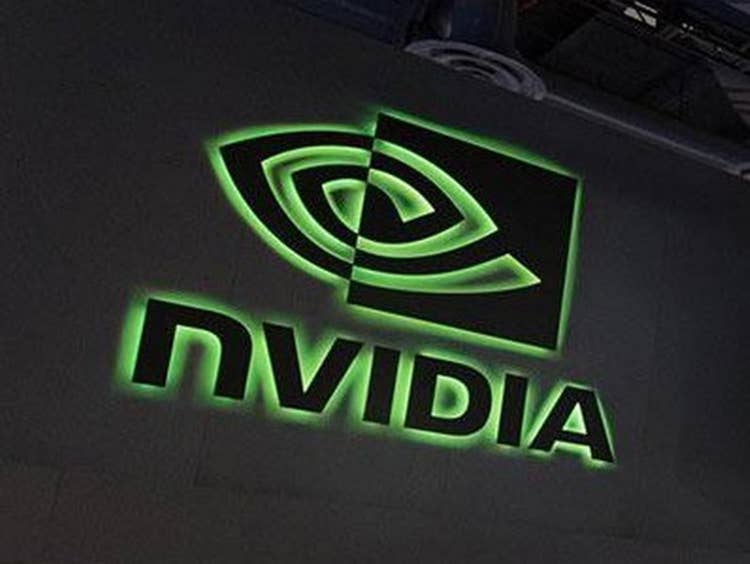Nvidia Triples Revenue As AI Chip Demand Stays Strong
The main driver of Nvidia’s triple-digit growth was the same as the previous quarter: high demand for AI chips in the data center to power the training and inference of large language models, recommendation engines and generative AI applications.

Nvidia tripled revenue in its third quarter from a year ago, a sign that demand for its AI chips and systems is still strong due to expanding use of generative AI applications and other GPU-powered workloads.
The Santa Clara, Calif.-based company reported on Tuesday that its third-quarter revenue was $18.12 billion, up 34 percent from the previous quarter and 206 percent higher than a year ago. The company’s third quarter for its 2024 fiscal year ended Oct. 29.
[Related: Nvidia’s H200 GPU To One-Up H100 With 141GB Of HBM3e As Memory Race Heats Up]
The company’s earnings per share also received a major boost, increasing 12 times from a year ago to $3.71 when using generally accepted accounting principles. When not using approved accounting methods, earnings per share increased by a factor of nearly six to $4.02.
As a result, Nvidia beat Wall Street’s expectations on revenue by $2 billion and on earnings per share by 63 percent.
The main driver of Nvidia’s triple-digit growth was the same as the previous quarter: high demand for AI chips in the data center to power the training and inference of large language models, recommendation engines and generative AI applications.
“Our strong growth reflects the broad industry platform transition from general-purpose to accelerated computing and generative AI,” Nvidia CEO Jensen Huang said on the earnings call.
Demand For Hopper GPU Systems Drives Bulk Of Sales Growth
This translated into Nvidia’s data center revenue growing 279 percent to $14.5 billion, which represented 80 percent of the company’s sales for the quarter. By contrast, data center revenue made up nearly 65 percent of its total sales for the same three-month period last year.
Sales of AI chips and systems within the data center segment grew even faster at a rate of 324 percent. Nvidia said this was largely due to a “strong ramp” of HGX systems powered by its Hopper-based GPUs such as the H100, according to the company.
Nvidia said it also “recognized initial revenue on the initial ramp” of its L40S universal accelerator and its GH200 Grace Hopper Superchip “for a broad range of customers.”
Data center networking revenue was 155 percent higher than it was a year ago, “almost entirely due to strong growth” for InfiniBand networking products to support HGX systems, according to Nvidia.
Sales to cloud service providers represented roughly half of Nvidia’s data center revenue while the rest came from transactions with consumer internet companies and enterprises.
Software, Support And Services Sales Near $1B 12-Month Run Rate
Colette Kress, Nvidia’s CFO, said the company’s software, support and services offerings are expected to reach an annualized revenue run rate of $1 billion by the end of the year.
What’s mainly driving this are the Nvidia DGX Cloud service for training AI models and the Nvidia AI Software suite for running inference on AI models for live applications, according to Kress.
The company has made a growing push over the years to sell software, support and services as part of Huang’s push to make Nvidia a “full-stack computing company.”
Gaming And Professional Visualization Sales Also Soar
While data center products generated most of Nvidia’s revenue and drove most of the growth in the quarter, the company’s gaming and professional visualization segments were also bright spots.
Gaming revenue grew 81 percent year-over-year to 15 percent sequentially to $2.9 billion, and this was mainly due to “higher sell-in to partners following normalization of channel inventory levels,” according to Nvidia. Strong demand for its GeForce RTX 40 series GPUs were a major contributor.
Professional visualization, on the other hand, grew 108 percent year-over-year and 10 percent sequentially to $416 million. Like gaming, the increased sales reflected “higher sell-in to partners following normalization of channel inventory levels.”
Automotive revenue saw a small boost, growing 4 percent year-over-year and 3 percent sequentially to $261 million, due to sales growth for auto cockpit solutions and self-driving platforms.
Revenue Growth Expected To Slow Next Quarter
Nvidia expects revenue in the fourth quarter of its 2024 fiscal year to reach $20 billion, plus or minus 2 percent. This would mark a roughly 10.4 percent increase from the third quarter.
While it shows a potential slowdown in quarterly growth after Nvidia enjoyed 34 percent and 88 percent increases in sequential revenue increases over the past two quarters, respectively, $20 billion would still represent a roughly 230 percent increase from the same period in the prior fiscal year.
Kress said the U.S. government’s expanding export restrictions for chips sold into China and other sanctioned countries is a factor for Nvidia’s revenue guidance.
“We had seen historically, over the last several quarters that China and some of the other impacted destinations to be about 20-to-25 percent of our data center revenue. We are expecting in our guidance for that to decrease substantially as we move into Q4,” she said.
“The export controls will have a negative effect on our China business. and we do not have good visibility into the magnitude of that impact even over the long term,” Kress added.
Nvidia’s stock price was down roughly 1.7 percent in after-hours trading Tuesday.